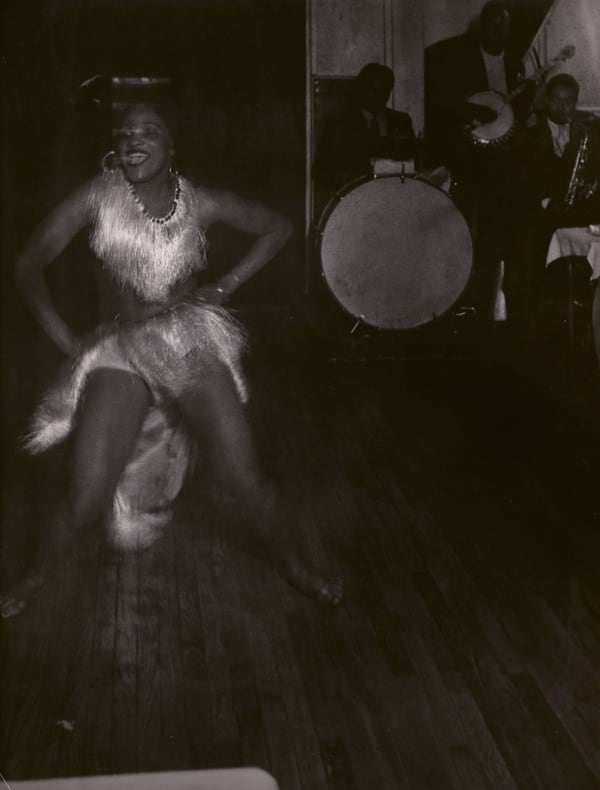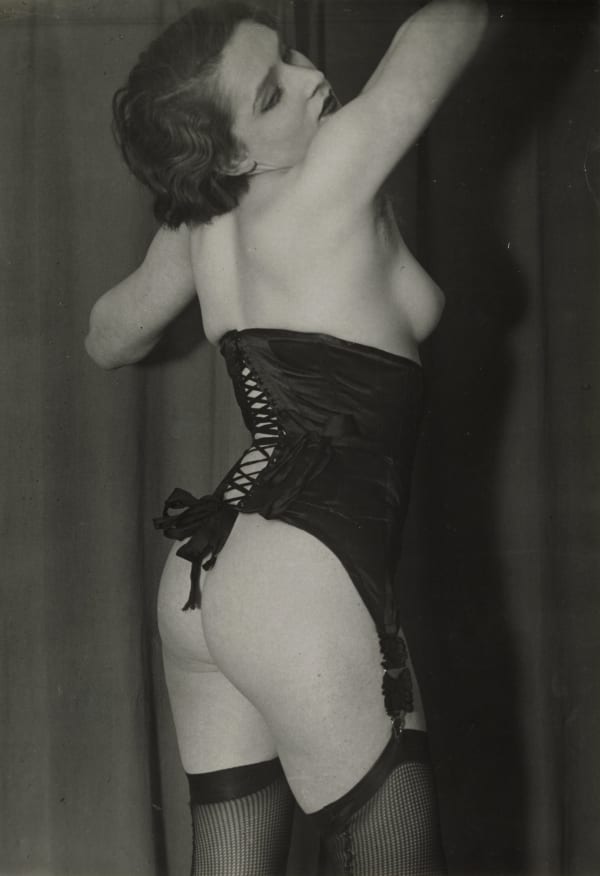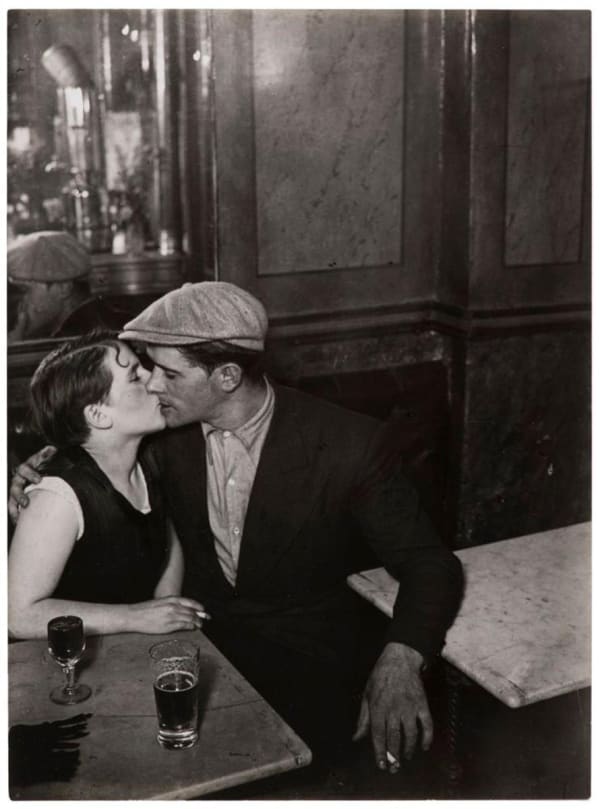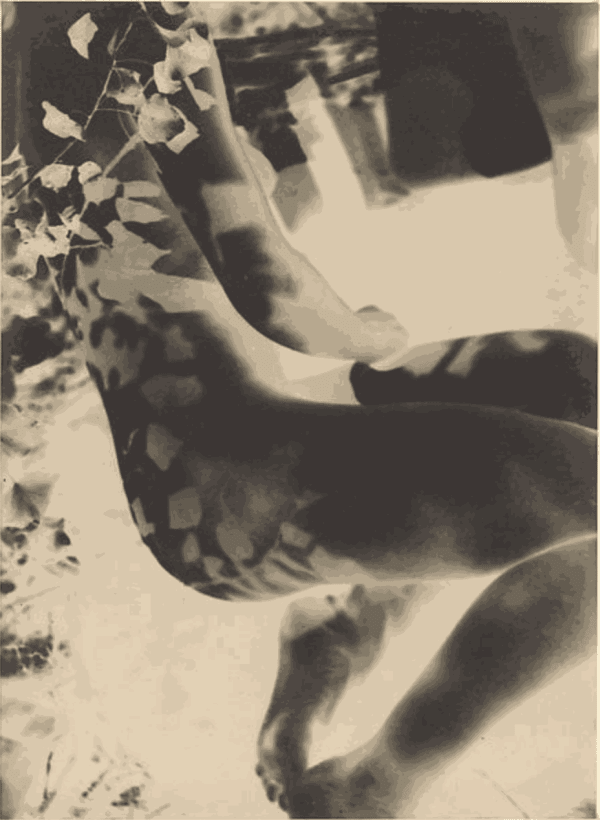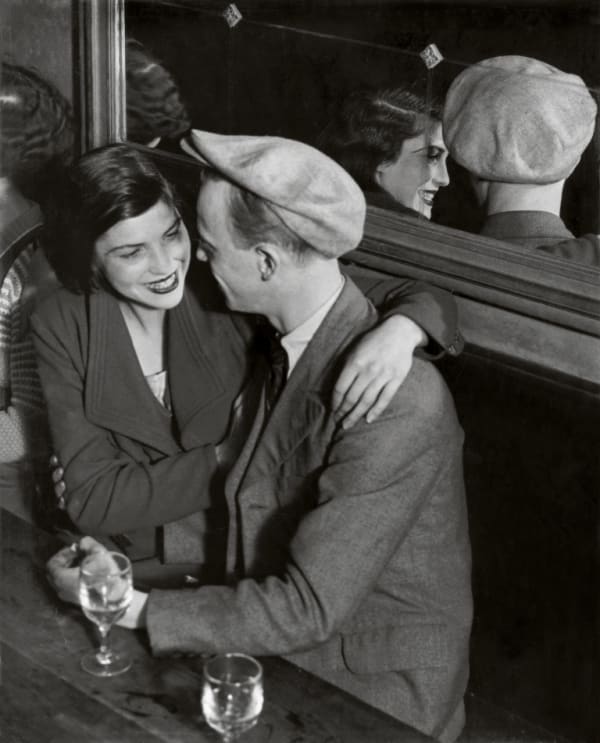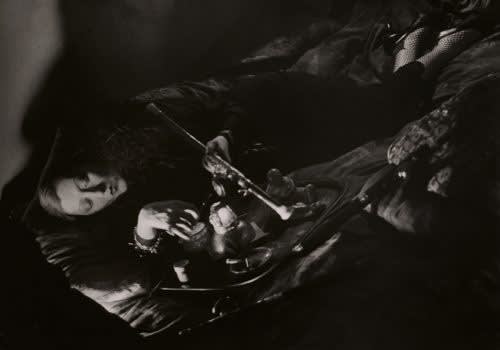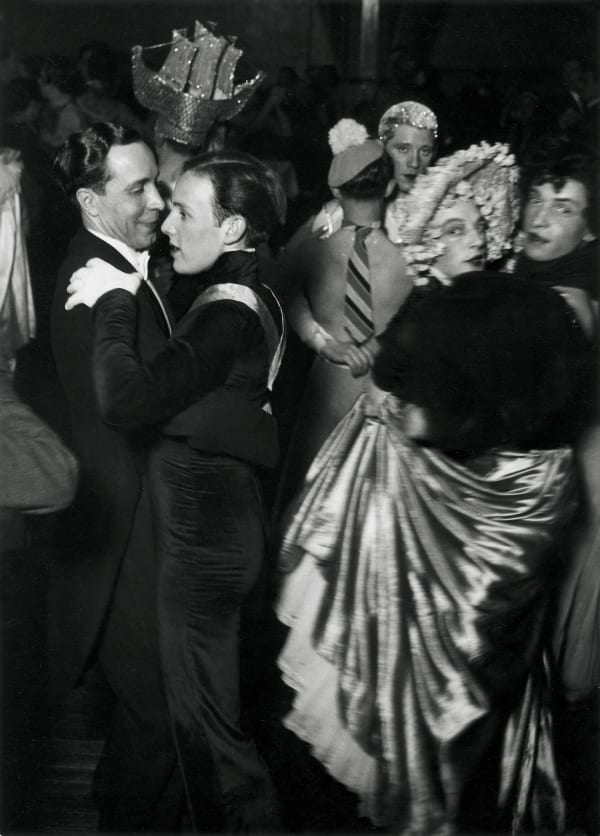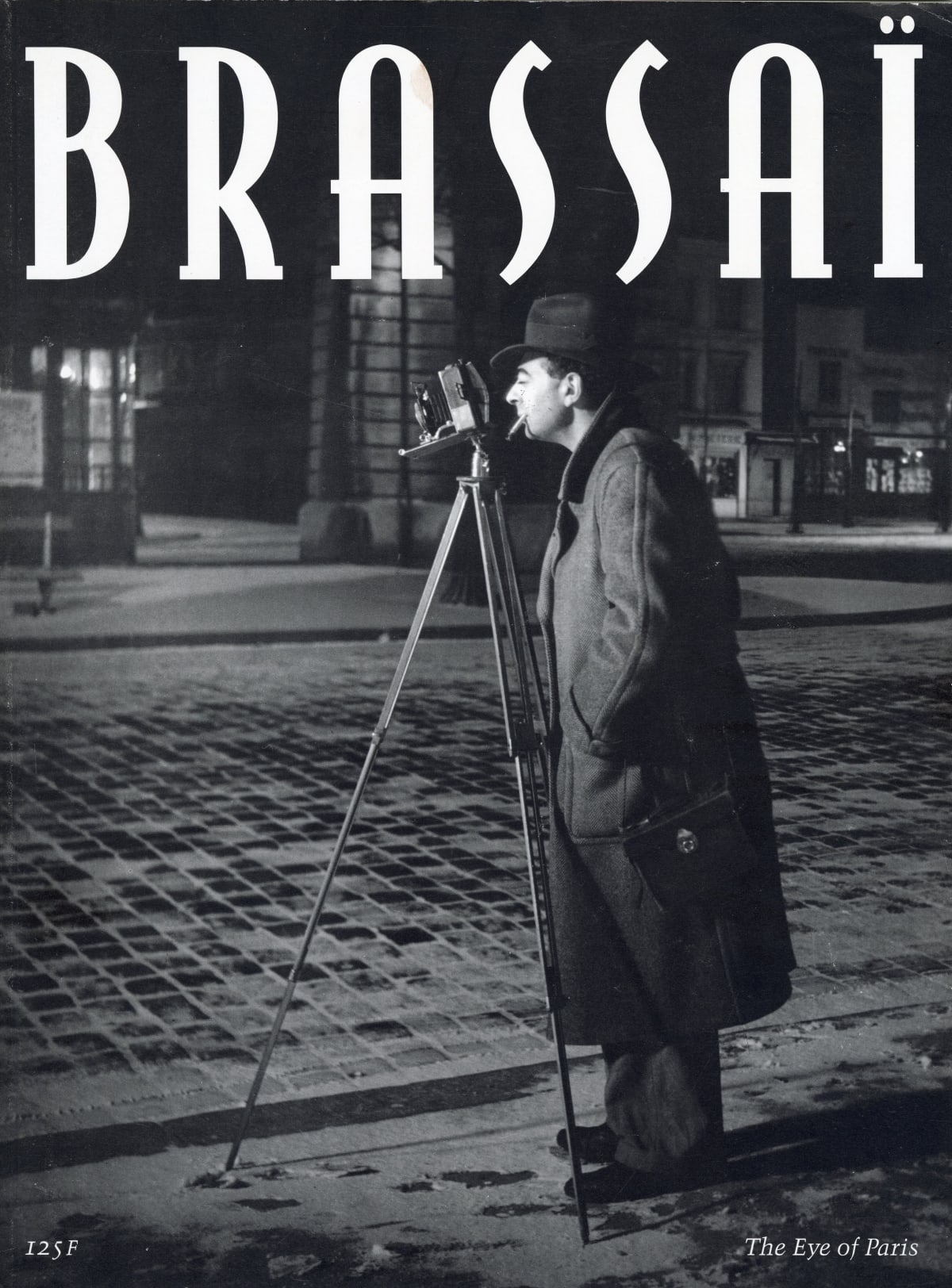Brassaï
One of the most renowned photographers of the interwar period, Brassaï's reputation rests on contributions to both commercial and avant-garde photography. His long-time friend, the author Henry Miller, nicknamed him "The Eye of Paris" for his devotion to the city, and he was close to many of its artists. His enduring relationship with Picasso in particular yielded many famous portraits of the artist, as well as important books. His first photo-book, published in 1933 and entitled Paris de nuit (published in English as Paris After Dark), remains the most famous exploration of the city's hidden underbelly, and is considered a classic of early street photography. His series of photo-books of Paris graffiti have also been hugely influential.
Born Gyula Halász, in the Transylvanian town of Brassó, he was trained as a painter in Budapest, and then in Berlin. He moved to Paris in 1924 and supported himself as a journalist, writing for publications throughout Europe and the United States (it was in Paris that he changed his name to Brassaï, meaning "from Brassó"). He only turned to photography to document his articles but eventually he became enchanted with the medium. At night he would venture out to capture the city's deserted streets, its shadowed monuments, and those who only emerged after dark - prostitutes, street cleaners, and rag pickers - many of whom he captured in candid photographs. From 1943-45, when working as a photographer was difficult due to the German occupation, Picasso encouraged him to return to drawing, and later sculpture.
He was also an accomplished writer and painter. But Brassaï's career as a photographer resumed after the war and continued through the late 1960s; it includes work for periodicals including Harper's Bazaar, Picture Post, and Surrealist magazines such as Verve and Minotaur. He is buried in Montparnasse Cemetery in Paris.
Brassaï was the subject of several major exhibitions during his lifetime, and recent retrospectives have included "Brassaï: The Soul of Paris," at the Centre Pompidou, Paris, 2000 (toured to the Hayward Gallery, London); and "Brassaï: The Eye of Paris," at the Museum of Fine Arts, Houston, 1998 (toured to J Paul Getty Museum, Los Angeles; National Gallery of art, Washington, D.C.). His publications include Le Paris secret des années 30 (1976); Conversations avec Picasso (1964); and, co-authored with Picasso, Graffiti (1960). He was the recipient of several major awards, including the Gold Medal for Photography at the Venice Biennale (1957), the first Grand Prix National de la Photographie (1978), the Chevalier des Arts et des Lettres (1974), and the Chevalier de l'Order de la Legion d'honneur (1976). His film, Tant qu'il y aura des bêtes won Most Original Film at the 1956 Cannes Film Festival.
-

In the Studio
4 June - 3 August 2024Read more -

Brassaï | Paris by Night: Vintage Prints from the Collection of Madame Brassaï
13 September - 27 October 2018Read more -

The Modern Eye: Photographs 1917 - 1939
9 April - 16 May 2015Read more -

Andrè Kertèsz and the Paris Avant-Garde
21 April - 4 June 2005Read more
-

New Orleans Museum of Art Acquires Transformative Gift of Photography from Dr. Russell Albright
Artworks by Brassaï, Man Ray, Manuel Alvarez Bravo, Bill Brandt, & Sally Mann added to collection 4 February 2021Dr. Russell Albright gifts significant photography collection to New Orleans Museum of Art, including artworks by Brassaï, Man Ray, Manuel Alvarez Bravo, Bill Brandt, & Sally Mann.Read more -

Noir & Blanc at the Grand Palais
Collection of the Bibliothèque nationale de France 18 November 2020This important exhibition organized by the Grand Palais and Bibliothèque nationale de France includes works by Henri Cartier-Bresson, Bill Brandt, Brassaï, Man Ray, Diane Arbus, Robert Frank, and Valérie Belin, amongst others.Read more -

Photography's Last Century at The Met Fifth Avenue
10 March - 30 November 2020, now open to the public 12 October 2020An exhibition of more than sixty extraordinary photographs at The Met Fifth Ave includes masterpieces by Paul Strand, Dora Maar, Man Ray, László Moholy-Nagy, Edward Weston, Walker Evans, and other leading artists.Read more -

Brassaï Exhibition at the San Francisco Museum of Modern Art
BRASSAÏ AT SFMOMA THROUGH FEBRUARY 17TH 24 January 2019Best known for his provocative and enigmatic images of Parisian life between the two world wars, the photographer Brassaï (born Gyula Halász) is one of...Read more -

Paris by Night: Vintage Prints from the Collection of Madame Brassaï
BRASSAÏ IN COOPERATIVE OF PHOTOGRAPHY MAGAZINE 13 November 2018Edwynn Houk Gallery, in New York City, exhibited the twenty-three photographs from the Madame Brassai collection from September 13 - October 27, 2018. These vintage...Read more -

Brassaï | Paris By Night: Vintage Prints from the Collection of Madame Brassaï at Edwynn Houk
19 October 2018When an artist dies, the responsibility for the remaining artworks often falls to a spouse, a relative, or in some cases, a long time friend...Read more -

Brassaï: Paris by Night Review
Brassaï in THE EYE OF PHOTOGRAPHY 18 October 2018Best known for his photographs taken during the 1930s, Brassaï took his most iconic photographs of Paris as the city transitioned between its Belle Epoque...Read more -

The Photographer Who Captured 1930s Paris Nightlife
Brassaï in New York Magazine 10 May 2018Few locations inspire such immediate and glamorous imagery as Paris, and one photographer is known for capturing the city’s 20th-century nightlife. The work of Brassaï,...Read more -

Brassai: The ‘Eye of Paris’
Brassai in the New York Times 11 April 2018It’s hard to be stuck in a studio while longing to enjoy life outside. Brassaï, famed for his classic images of Paris, was neither a...Read more -

3 Photographers Who Captured the Undersides of LIfe
BRASSAÏ & DIANE ARBUS IN NPR 29 March 2018At the Museum of Contemporary Art in Los Angeles, there's an exhibit right now which goes to darker places with a camera. The images in...Read more -

Real Worlds: Brassaï, Arbus, Goldin
Brassaï & Diane Arbus at The Museum of Contemporary Art, Los Angeles 2 March 2018The Museum of Contemporary Art, Los Angeles (MOCA), presents Real Worlds: Brassaï, Arbus, Goldin , an exhibition that brings together the works of three of...Read more


